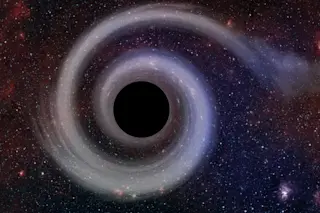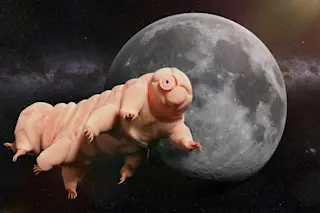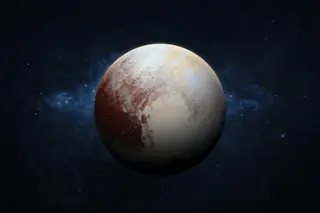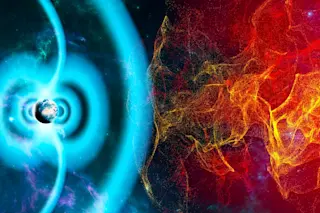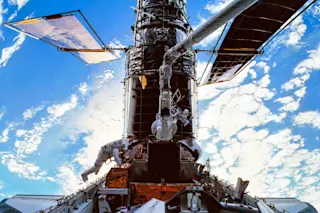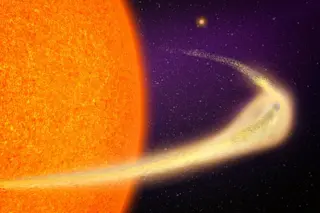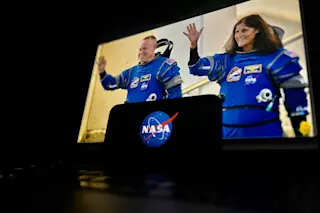2001 Awards IndexEditors' choiceElectronicsTransportationHealthEntertainment Aerospace CommunicationsEnvironmentFinalistsThe Christopher Columbus Foundation Award




AEROSPACE

ROBERT WINGLEE

UNIVERSITY OF WASHINGTON


SEATTLE, WASHINGTON



MINI-MAGNETOSPHERE PLASMA PROPULSION (M2P2)

Photograph by Brad Hines

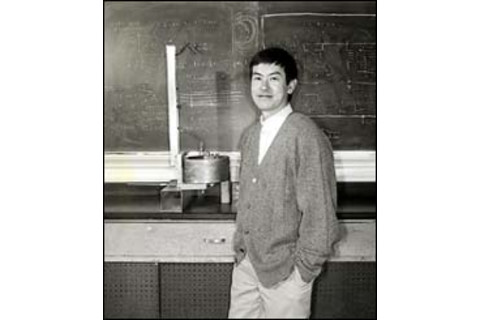
Rooting around in the detritus on his desk, Robert Winglee finds a quarter-sized magnet and waves it inches from his computer monitor, sending ripples of color scattering as light particles are deflected back toward the screen. He slowly brings together two magnets until they repel each other. Even at age 43, the Australian geophysicist never tires of performing tricks with magnetic fields.
Now Winglee has the go-ahead from NASA to perfect what could be his most promising trick yet: using an 8-inch magnet to propel spacecraft at speeds of up to 180,000 miles per hour— 10 times as fast as the space shuttle. Winglee believes that if a satellite or spacecraft could inflate around itself a bubble-shaped magnetic shield as big as 25 miles in diameter, it could zip through space. The bubble in question is actually a field of magnetic plasma, and the bigger this field gets, the faster it will travel, powered by solar winds made of particles hurtling from the sun at a million miles per hour. The sun's cast-off electrons and ions move so fast they can easily be deflected by electric and magnetic fields to create what Winglee terms a mini-magnetosphere— with a greater surface area than that of projected solar sails. The mini-magnetosphere would also have greater thrust and travel much faster than a solar sail. To steer or brake, the craft would simply shift its magnet (and its field) like a rudder. With this system, spaceships could journey past Pluto in 10 years on as little as a pound of propellant a day, an amount that the shuttle wolfs down in 10 milliseconds.
Winglee and his colleagues at NASA and the Southwest Research Institute are currently bringing their idea to life in a lab chamber. There they inject a small amount of gas propellant into the center of a magnet that looks like a soup can open at both ends and measures 8 inches in diameter. As electrons are stripped off each gas particle by powerful radio waves emitted by an antenna inside the magnet, the mix grows into a very hot plasma. This gas expands and makes a brilliant white-blue light display as it pulls the magnetic field out, much like the inflation of a hot-air balloon. Of course this device, bolted to the chamber, is not about to fly anywhere, but the experiment proves that a relatively small magnet can be turned into a potent plasma power source.



